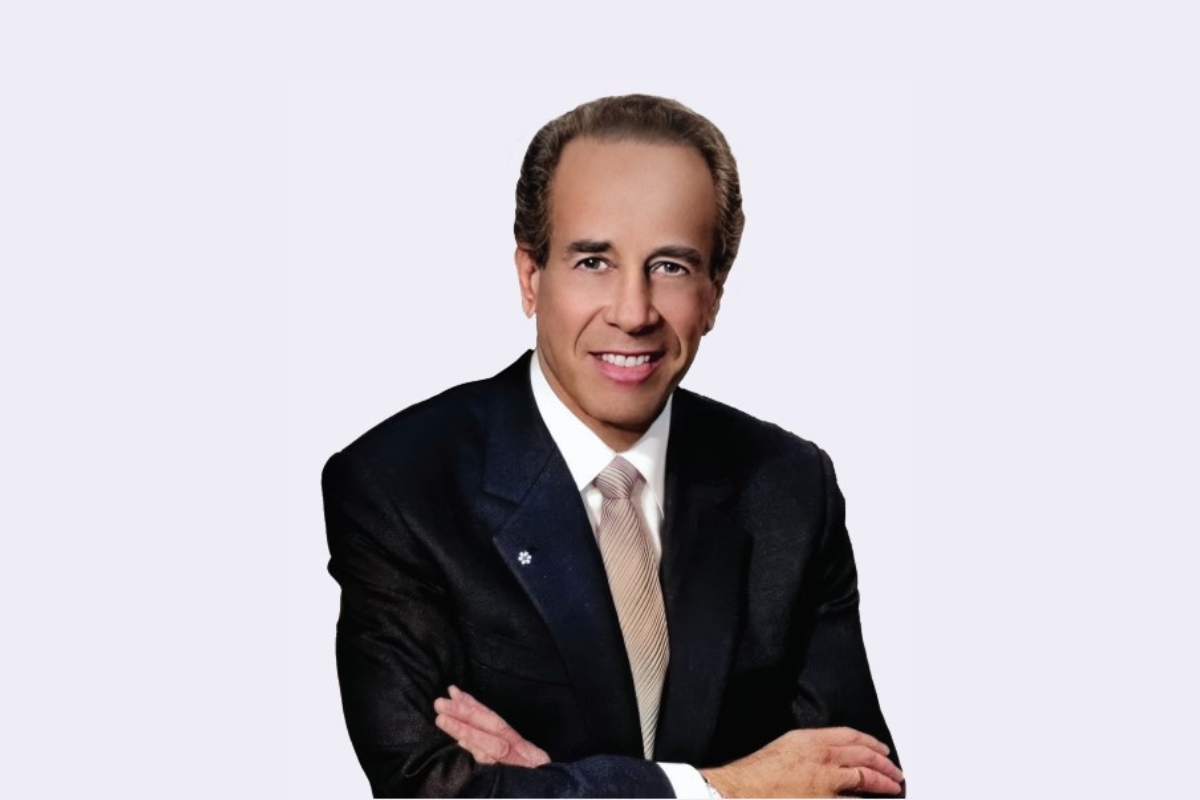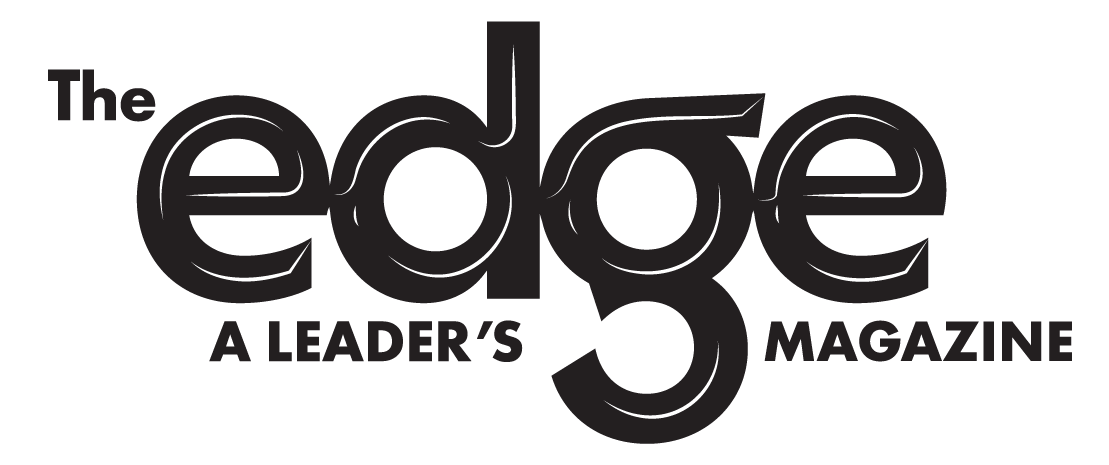Corporate Social Responsibility (CSR) is a business management model designed to hold organizations accountable to its employees, stakeholders, customers and the general public.
With consumers placing emphasis on ethical practices and sustainable development, it’s not enough for an organization to provide an excellent product or service, they need to contribute to the environment and society somehow.
Corporations must recognize how their practices directly impact the planet and its people. If they refuse to effectively implement CSR as part of their business model, they risk tainting their image and losing customers altogether.
By creating a plan that incorporates the following pillars, brands can receive better recognition, improve their investor relations, mitigate potential future risks, and influence competition in their industry to follow suit.
Cornerstone: Economic
- Adherence to Labour Laws
When it comes to labour laws, brands must carry out due diligence. Do you recall when Adidas was blasted for exploiting their workers in Bangladesh? It took several years and many initiatives for them to revamp their brand perception. Brands have an economic responsibility and must be mindful of the laws in each country that their factories operate in, and ensure that their codes of conduct apply to all subcontractors and sub-suppliers.
The clothing company Patagonia is well known for their compliance with the International Labour Organization (ILO). They’ve been able to achieve this by implementing a Supplier Workplace Code of Conduct with policies that encompass every level of their supply chain including the farm and garment factory. Additionally, Patagonia’s accreditation with The Fair Labour Association helps hold them accountable by randomly auditing samples of their supply chain and identifying areas for improvement. These audit results are even posted publicly on The Fair Labour Associations website for transparency.
Cornerstone: Environmental
- Reduce Carbon Emissions
By developing and adhering to sustainable agricultural codes of conduct, brands can be more conscious of their carbon footprint. For example, sustainable farming can help minimize emissions. PepsiCo and ADM have plans to implement diverse crop rotation enabling healthier soils which in turn act as carbon sinks and reduce overall on-farm greenhouse gas emissions.
- Use Renewable Energy Sources
Conglomerates have massive budgets that enable them to implement resources at scale. Depending on their energy usage, corporations can install solar panels and wind turbines on their properties to power their facilities. Johnson and Johnson facilities are currently powered by 35 per cent renewable energy with plans to increase this percentage to 100 per cent in 2050.
- Replenish Resources Where Possible
If an organization can’t conserve resources, they can at least try to replenish them. Corporations that are responsible for deforestation can find ways to become involved in the process of planting new trees. Woodchuck USA is a perfect example of environmental stewardship. Despite being a brand that creates custom wood products, they partner with American Forests to plant a tree for every product they sell.
- Prioritize Recycling
Organizations should choose eco-friendly packaging manufacturers, such as SupremeX. Their innovative and recyclable packaging solutions prioritize distinctive brand messaging while helping companies achieve their sustainability goals.
- Switch to More Sustainable Approaches
If you can’t beat them, join them. Organizations such as General Motors (GM) have adapted to the times and taken a page out of Tesla’s book. Despite GM’s initial production of gas vehicles, their strategic team saw a brighter future in electric vehicles. They developed Ultium, an electric vehicle battery and motor architecture, designed with an all-electric future in mind to protect the planet.
Cornerstone: Philanthropic
7. Charitable Donations
Consumers expect large corporations to serve the community. Corporations can uphold this standard and boost their public image and rhetoric by funding charitable organizations. Since 2009, Microsoft Canada has come to the rescue during emergencies and times of crisis, donating more than $13 million to humanitarian aid for The Canadian Red Cross.
8. Community Involvement
There are countless ways for brands to get involved in their community. Coca-Cola’s First Generation Scholarship Program supports the educational welfare of their community by providing more than $69 million in scholarships to first-generation college students to date.
9. Employee Volunteer Programs
To encourage community involvement and support employee volunteer programs, Apple matches employees’ volunteer hours with monetary donations.
Cornerstone: Ethical
10. Safe Working Conditions
Companies must prioritize the safety, wellbeing and security of each employee. This includes providing the right equipment, space, adhering to proper health and safety regulations, and promoting equitable, diverse, and inclusive recruitment, training, and opportunities.
11. Ethical Sourcing
For corporations like Starbucks, the journey begins in the initial stages of planting and harvesting coffee beans. Coffee and Farmer Equity (C.A.F.E) upholds ethical standards to promote sustainable coffee growing in conjunction with protecting the well-being of coffee farmers.
12. Integrity in Business Practices
Corporations, especially those in the food, beverage, pharmaceutical and cosmetic industries must be transparent and truthful in their collection of data so that their formulations do not pose any risk to human safety or health. L’Oreal, for example, refuses to modify test results to develop or produce a product faster, as part of their code of ethics.
Jackie Marson | Contributing Writer



















